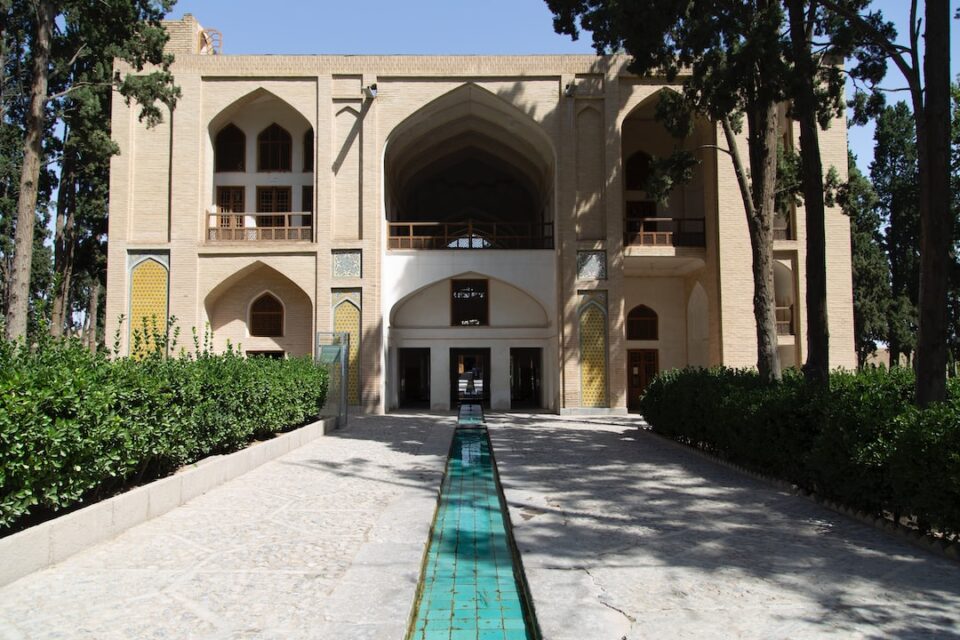Commemorating the Victims: Paying Tribute at auschwitz
Auschwitz, the name alone carries an overwhelming weight of history and tragedy. Located in Oświęcim, Poland, Auschwitz-Birkenau was the largest Nazi concentration and extermination camp during World War II. The site serves as a haunting reminder of the atrocities committed against millions of innocent lives. Today, countless visitors flock to Auschwitz to pay tribute to the victims, ensuring their memory lives on.
Visiting Auschwitz is a profound experience that leaves an indelible mark on all who make the journey. Stepping through the infamous iron gate, with the chilling words “Arbeit macht frei” (work sets you free), visitors are transported back in time to when the camp was operational. The atmosphere is heavy with sorrow, and there is an overwhelming silence as people walk through the grounds, trying to comprehend the unimaginable horrors that occurred within these walls.
One of the most poignant ways to pay tribute at Auschwitz is by participating in a guided tour. These tours provide invaluable historical context and allow visitors to gain a deeper understanding of the camp’s dark past. Knowledgeable guides explain the different sections of the camp, such as Auschwitz I, the main camp, and Auschwitz II-Birkenau, the extermination camp, where approximately 90% of the victims lost their lives. The tour takes visitors past the barracks, where prisoners were kept in inhumane conditions, and to the gas chambers and crematoria, stark reminders of the systematic attempt to annihilate an entire race.
While the tour can be emotionally draining, it is an essential part of the commemoration process. It is easy to feel overwhelmed or even numb when faced with such immense suffering, but by bearing witness to the horrors that took place, we honor the victims and ensure their stories are never forgotten.
For many visitors, leaving behind a tangible tribute becomes an instinctive act. The “Wall of Death” at Auschwitz I is one such tribute site where visitors place flowers, candles, and personal mementos in memory of the victims. This memorial wall serves as a powerful symbol of remembrance and solidarity.
In addition to individual acts of remembrance, several commemorative events take place at Auschwitz throughout the year. One of the most significant events is the annual International Holocaust Remembrance Day on January 27th. On this day, survivors, world leaders, and visitors gather to honor the victims and strengthen the commitment to never allowing such atrocities to occur again.
Paying tribute at Auschwitz is a somber and heartbreaking experience, but it is also an essential part of preserving history and ensuring that future generations understand the horrors that unfolded during the Holocaust. By immersing ourselves in the stories of the victims and acknowledging their suffering, we take active steps towards preventing such hatred and bigotry from occurring again.
Auschwitz stands as a stark reminder of the darkest chapters in human history. Remembering the victims and paying tribute at this solemn place is a way to keep their memory alive and strive for a world that rejects hatred and embraces compassion and equality.


